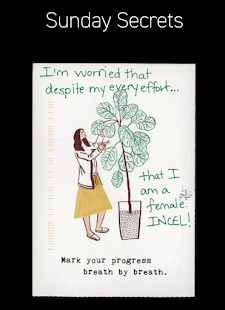Kinetic and Interactive Poetry
Kinetic and interactive poetry explore the multimedia abilities of a computer to both compose and receive poems. Similar to how space and material properties can be used on a printed page, digital forms “reconfigure the text as a moving image in space and time,”. Therefore, digital forms focus more on “registers of signification more familiar to visual and performance art. Words and letters are not only carriers of meaning but material objects that themselves have variable properties,” (Rettberg 118). Kinetic poetry is based on time, text changes through animation, and the meaning the animation itself has. The interactive dimension of digital poetry is different then the kinetic dimension. Not all kinetic poetry is interactive, and not all interactive poetry is kinetic. However, interactivity can commonly be found in many digital poems. Digital text generally can be understood as a process. Our reception of it greatly depends on the computer's code and performance. Works of digital text share similarities with several previous poetic movements; Lettrism, Concrete Poetry, Futurism, Visual Poetry, and Sound Poetry.
For my bring it to the table, I researched the digital poem Wotclock by John Cayley. Wotclock is a cybertext poem in which it's words change with the passage of time. The clock itself is fully functioning, and the change in its language marks the change of time. The poem draws elements from Cayley's previous work Speaking Clock, as well as images Douglas Cape’s from What We Will. The piece is designed to run indefinitely.
https://collection.eliterature.org/1/works/cayley__wotclock.html
http://programmatology.shadoof.net/?wotclock


Hello, I also looked at some of John Cayley's work! However, I focused on the "Speaking Clock". I really enjoyed his work and image he created from the clock face. I liked that you discussed how kinetic poetry is based around time and tied it into what you brought to the table.
ReplyDelete